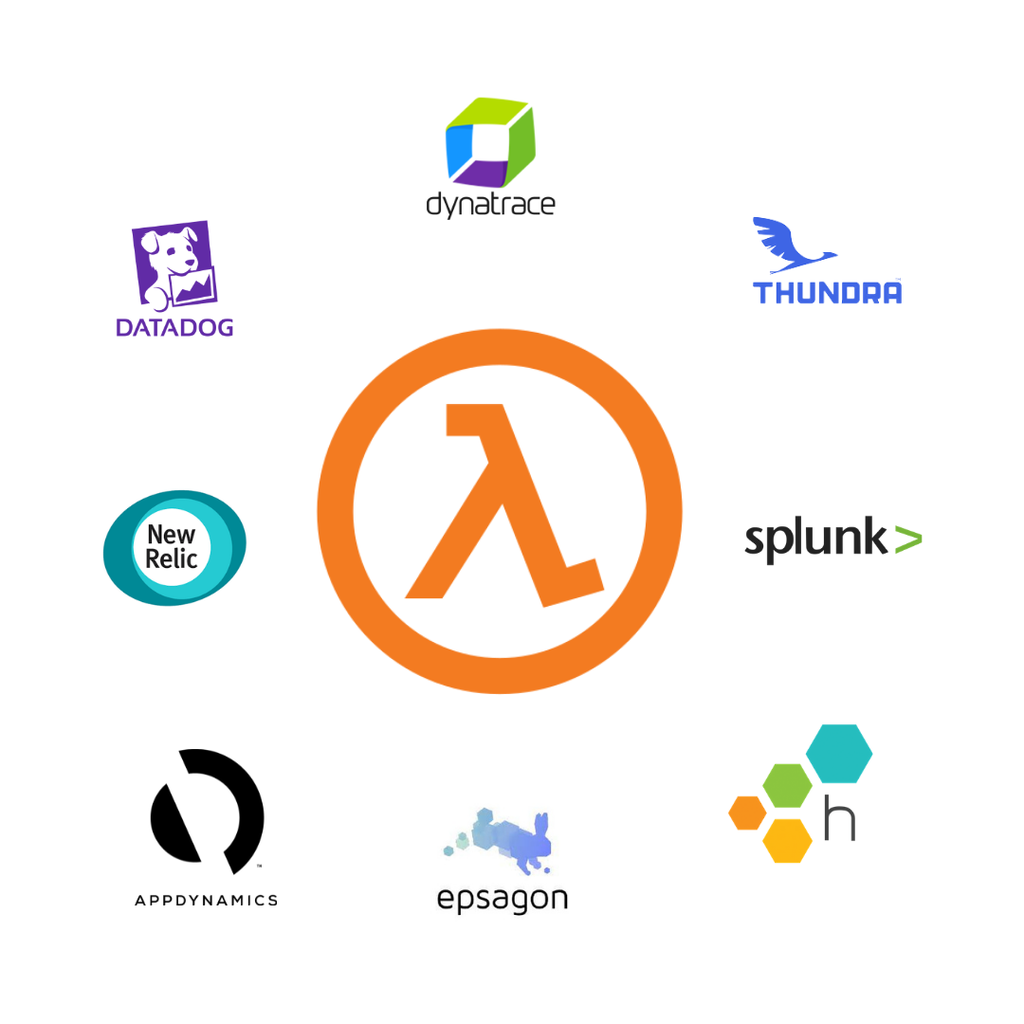Amazon Passes Bill for AWS Lambda Extensions General Availability
The Lambda extensions allow users to extend the Lambda capacity to incorporate supported partners easily.
TL;DR
On May 24, 2021, Amazon Web Services announced the availability of AWS Lambda Extensions to expand the AWS Lambda Capacity. This could be considered as an expansion of the AWS Lambda platform.

Key Facts
The Lambda Runtime Extensions API allows deeper communication with the Lambda Environment.
AWS has deemed that the AWS Lambda can capture diagnostic information.
The Lambda Extensions design embraces the integration of common developer tools
AWS Lambda Extensions could be installed and managed on the Lambda Console, CLI, or AWS CloudFormation.
Details
After a little six months in the preview form, Amazon gives the go-ahead for the general availability of the largely awaited AWS Lambda Extensions. DevOps loves innovation; serverless is innovation.
The reduction of operational demands is crucial if an organization aims to focus more on business. Amazon is taking on a lot of responsibility with this serverless code, AWS Lambda.
Amazon CloudWatch for native integrations, AWS X-Ray for scanning and tracing, AWS Config charged with tracing even the slightest configuration changes, AWS CloudTrail for recording calls on API, Altis, Anchormen, Alite-international, and a stream of other AWS Lambda partners leverage for application management, application deployment, API integration, and security. This service has not been around for long but has been adopted by many profiling their extensions into the AWS Lambda; Datadog; Thundra; Dynatrace; Splunk; Imperva are named among this growing list. This shows the affinity attached to serverless protection.
However, the serverless code always had its limitations, which customers had been very vocal about, around maintenance and overhead attached while incorporating developers’ preferred monitoring, logging, security, and governance tools. Now developers can worry less about that while integrating any from the broad list of tools, especially long-running processes like log routers. Developers can utilize extensions from Amazon Web Services itself, AWS Partners, or various open source projects.
AWS Lambda allows internal and external extensions. The external extensions run inside and outside the execution environment and are not dependent on it. AWS Lambda removes the strain of installing and configuration every time a tool is needed.
The new feature, AWS claims, has enlisted functions to send notifications with the completion of the function code, regardless of the progress of the included extensions. Thus extensions can send telemetry once the function code has been returned.
The AWS Lambda structure enables developers to link commonly used tools without installing or configuring them on AWS Lambda. They can easily be added by placing them on Lambda layers or embedded in functions spawned as container images.
AWS Lambda can also step in for capturing diagnostic information before, in the process, and after function invocation. Users can delegate code instrumentation, detect and rectify hidden configuration deformities, detect concurrent activity through security agents, and deliver telemetry to custom locations.
Extensions can be installed and managed through the Lambda Console, AWS CloudFormation, or the Command Line Interface.
Users can install and manage extensions using the Lambda console, the AWS Command Line Interface (CLI), or infrastructure as code services such as AWS CloudFormation.
The pricing arrangement remains the same, as the service itself was not changed, only modified.
Get similar news in your inbox weekly, for free
Share this news:
Latest stories
HIPAA and PCI DSS Hosting for SMBs: How to Choose the Right Provider
HIPAA protects patient data; PCI DSS protects payment data. Many small and mid-sized businesses now …
The Rise of GPUOps: Where Infrastructure Meets Thermodynamics
GPUs used to be a line item. Now they're the heartbeat of modern infrastructure.
Top Bare-Metal Hosting Providers in the USA
In a cloud-first world, certain workloads still require full control over hardware. High-performance computing, latency-sensitive …
Top 8 Cloud GPU Providers for AI and Machine Learning
As AI and machine learning workloads grow in complexity and scale, the need for powerful, …
How ManageEngine Applications Manager Can Help Overcome Challenges In Kubernetes Monitoring
We tested ManageEngine Applications Manager to monitor different Kubernetes clusters. This post shares our review …
AIOps with Site24x7: Maximizing Efficiency at an Affordable Cost
In this post we'll dive deep into integrating AIOps in your business suing Site24x7 to …
A Review of Zoho ManageEngine
Zoho Corp., formerly known as AdventNet Inc., has established itself as a major player in …
Should I learn Java in 2023? A Practical Guide
Java is one of the most widely used programming languages in the world. It has …
The fastest way to ramp up on DevOps
You probably have been thinking of moving to DevOps or learning DevOps as a beginner. …
Why You Need a Blockchain Node Provider
In this article, we briefly cover the concept of blockchain nodes provider and explain why …
Top 5 Virtual desktop Provides in 2022
Here are the top 5 virtual desktop providers who offer a range of benefits such …












